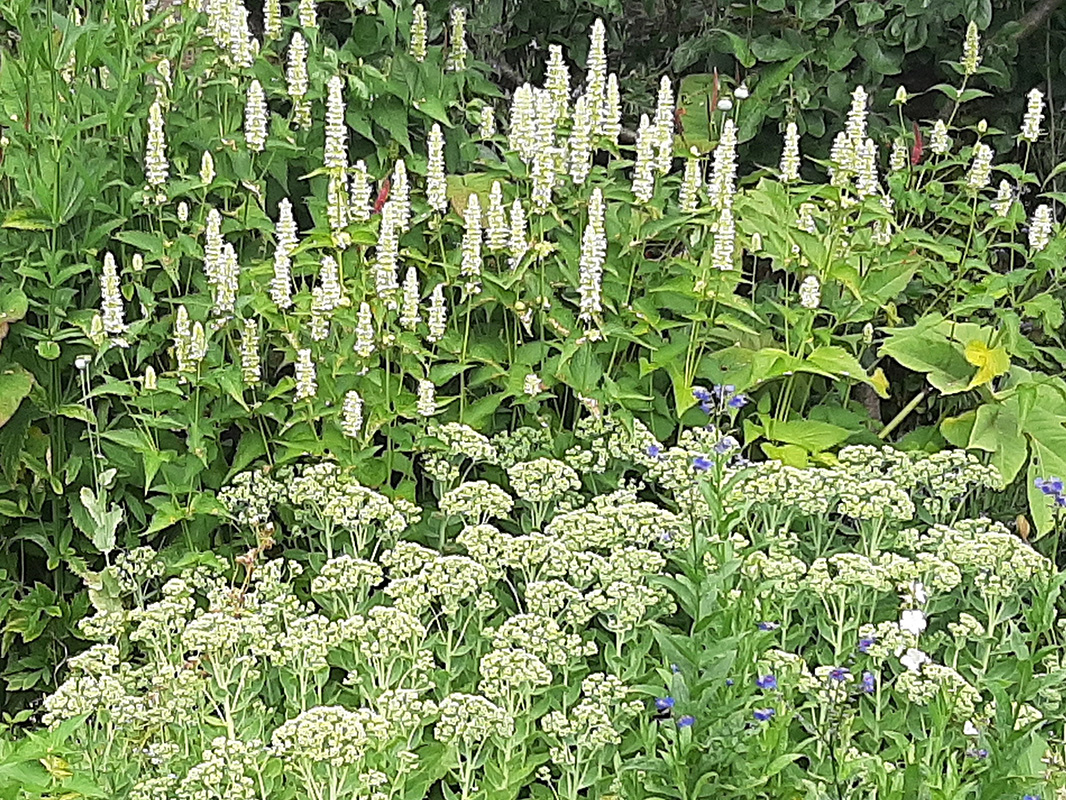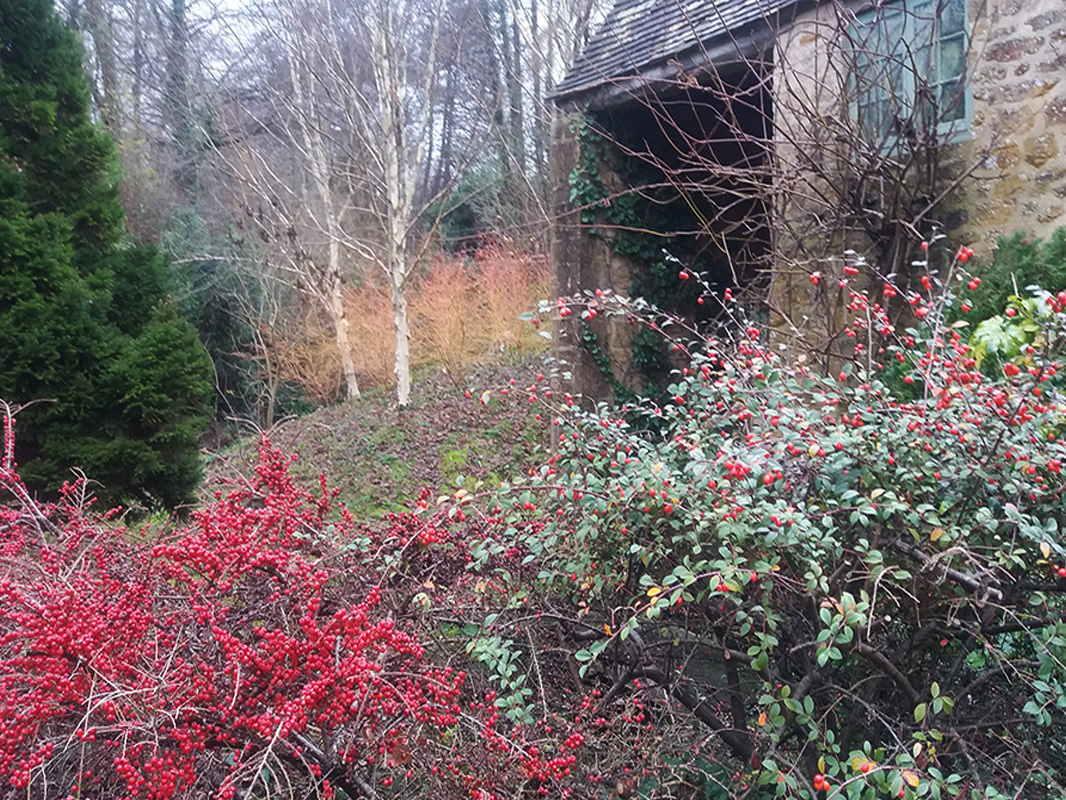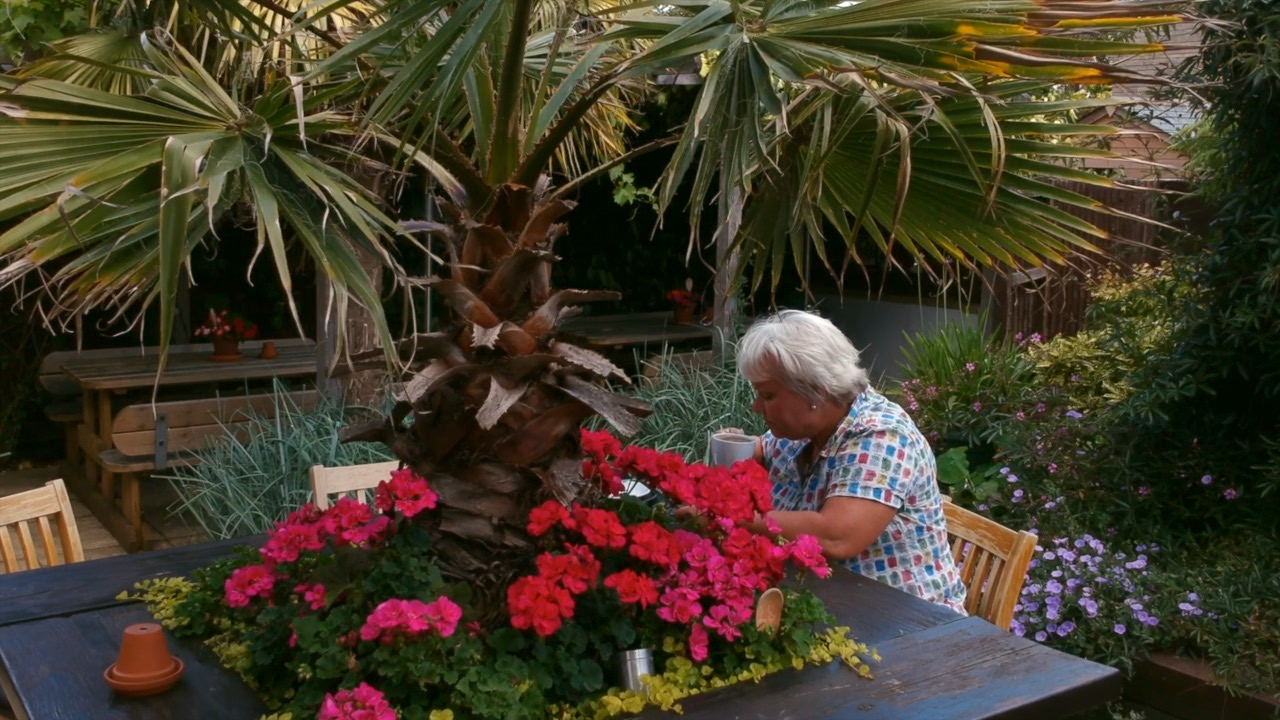The Newt in Somerset
In early October I visited The Newt in Somerset, formerly known as Hadspen House, near Bruton. It was bought in 2013 by South African millionaire Karen Roos, and her billionaire husband Koos Bekker. The scope of the development here is so staggering that I spent much of the 3 hours muttering special oaths of amazement and awe, mostly remembering not to when mummies and toddlers came too close.
2020 has been a most trying year. It has caused me to swear a lot more than usual. I am not alone in this; my potty-mouthed child-infested friends report that their language worsened during lockdown. The natural result was that their little angels returned to school with a over-developed vocabulary.
During some emergency child-minding this summer, the foul-mouthed brood was reminded that the F word was not an acceptable word for every day use, but it could be used in extremis. I demonstrated its various declensions as noun, adjective and verb. The tenses were conjugated in their present, past, future, indefinite, perfect, and continuous forms, and so on. The children were impressed. Their parents were not and my child-minding services are no longer required.
The first sweary moment was The Newt entrance fee, a cool £17.50 per head. However, this peasant-repelling amount can be converted to a year’s membership through the Candide app. Visit and return regularly to get your money’s worth. It is only half an hour from Yeovil. You can’t eat in the garden restaurant without paying the entrance fee and advance booking is required right now to maintain Covid safety. You are not allowed to bring your own food and drink. You are in for an expensive time if you come for a family day out. The hotel is not open to non- residents, and at over £300 a night, I may give it a miss for the moment.
Once over these exclusive hurdles, my bad language subsided. I walked along the curved oak walkway through the trees, all large and recently planted. Passing through the Threshing Barn, I watched cider apples being continuously washed, sorted, crushed, and pressed with expensive modern equipment. The juice was pumped into large tanks and the pomace loaded in a trailer by conveyor. They are taking cider making very seriously here but refer to it as Cyder, which grates as much as calling school fetes Fayres.
The early days of making a large operation run smoothly have been doubtless been hampered by staff teething problems and Covid. Reviews have not been universally kind. On the day of my visit the gardeners and other staff were cheerful and helpful, and the vegetable-based lunch was delicious.
The Parabola Garden is home to 460 apples in 267 varieties, trained in cordons, hoops, fans and espaliers. To help with pollination, the estate has over 50 varieties of crab apples, with future National Collection status in mind. The masterpiece of the three-dimensional Baroque parterre is designed by French architect Patrice Taravella. The layout and construction is without fault. I could sit all day in the garden restaurant to gaze at it. While cursing with envy at a construction budget I can only dream of, I noticed the cordons were spaced scarcely 30cm apart. Will they become too congested in the future, or will every other one need to be removed?
The apples are the stars of the Parabola garden, accompanied by evergreens such as prostrate rosemary weeping down the retaining walls. It will be a shame if the hard landscaping will be smothered too much by foliage, for it is the star of the show. I shall enjoy another visit at apple blossom time next April.
The gardens around the old gardener’s cottage have been planted with perennials calculated to entertain with late summer colour, with the usual suspects of echinaceas, eryngiums, salvias and the odd banana. The planting is contemporary, and well maintained, but scarcely ground-breaking in concept.
I never made it to the colour themed gardens along the Long Walk – I shall save that treat for next summer. They are tributes to Canadian gardeners Nori and Sandra Pope, who experimented with garden colour at Hadspen in the Nineties and Noughties.
On the slope down to the vegetable garden you pass through swathes of Miscanthus and other grasses. They looked alright, back-lit in the weak midday sunshine. There is feeling that if contemporary gardens have grasses, there must be grasses at The Newt too, whether or not they sit well with the vegetable garden and the parks and orchards beyond.
The vegetable produce is used in the hotel and garden restaurants to good effect. It slowly occurred to me that the wide paths around the gardens match the vast car park in expectation of large number of visitors in high summer. I was glad to enjoy it while it was barely at 10% capacity, according to the parking slots occupied.
There is much more to see at The Newt in Somerset and it had plenty of space to get away from future crowds. I missed out on the Fragrance Garden and most of the woodland. Heading over the hill, I strolled along The Viper, the curving treetop walkway high up in the woodland canopy. The ground dropped away so steeply that it induced vertigo and another swearing fit. It led to The Story of Gardening, with interactive displays, garden tool museum and virtual reality tours of famous gardens. I spent a happy 20 minutes viewing Monet’s garden at Giverny. If I visited with a pack of children, I would head for the woods first, probably to eat smuggled sandwiches on the way round.
I haven’t told you yet about the cider – sorry, Cyder – tour, the Cyder tasting and more. I will save that for next month. It was effing impressive.



